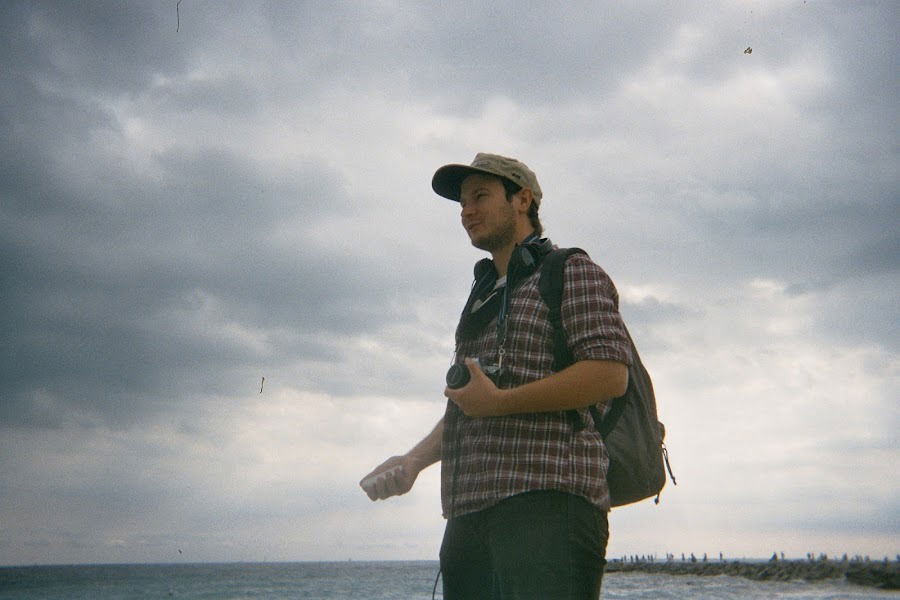Peter Lik claims to be the world’s “most famous photographer. The most sought-after photographer, and the most awarded photographer.”
That’s quite the claim, especially when someone talks about themselves. Can we take his word for it? Peter Lik is a complicated figure in the photography world. He’s as infamous as he is famous. And controversy has followed him for years.
This post is our take on the Peter Lik story. We’ll look at how he made his name. And we’ll find out why his name sparks a debate whenever it’s mentioned.

Who Is Peter Lik?
Peter Lik is a professional photographer from Australia. He is mainly known as a nature and landscape photographer. And his works have been published in magazines and hung in galleries all over the world.
In 1994, Lik moved to Las Vegas and started his publishing company Lik USA. And he also opened a photography gallery in the city, mainly to display his work.
He used this as a base to sell his photography products. He has published coffee-table books, postcards, and calendars. In 1997, he published his first full-sized photography book, Australia: Images of a Timeless Land.
He then went quiet, with no new publications for 13 years. He broke his silence with the 25th Anniversary Big Book in 2010. It’s a hefty piece of work with over 500 of Lik’s photos.
The publication of his book seemingly garnered Lik a lot of attention. Shortly after, he sold a single print for $1 million to an anonymous buyer. The work is titled One, as he only made one print. And it’s a shot of the Androscoggin River in New Hampshire.
He then went on a bit of an award run. His photo Ghost won the Art in Nature category at the Windland Smith Rice awards in 2010. Nature’s Best Photography magazine runs this award series.
Another work by Lik won the same award the following year. The 2011 winning shot was Inner Peace, and it was later displayed in the Smithsonian museum.
Since 1997, Lik USA has been growing substantially. He opened three more galleries in Las Vegas, with another nine across the United States. He even had a documentary series, From the Edge with Peter Lik.
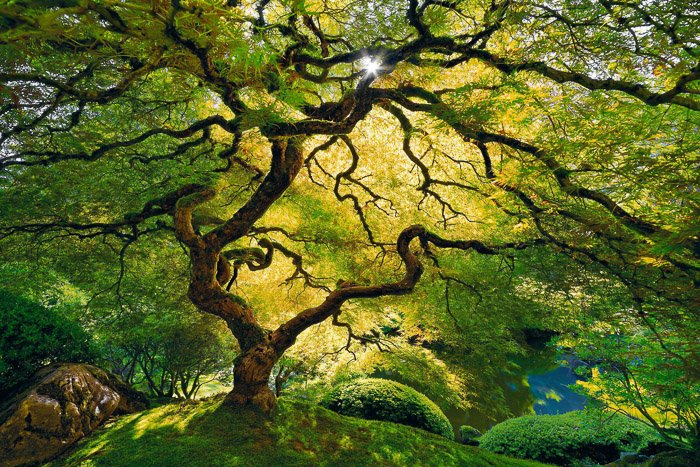
2014 Onward: Success and Suspicion
From the ’90s through the early 2000s, everything seems above board with Peter Lik’s career. From 2014 on, his fame continued to grow. But it was around this time that some suspicions began to arise over some of his work and claims.
In that year, Lik claims to have sold a work called Illusion for $2.4 million. Later that same year, he sold Phantom for a whopping $6.5 million. It was the highest price paid for a photograph at the time.
These are big numbers for any art sale, especially photography prints. And the announcement of these sales was met with skepticism. Both sales were to anonymous buyers. No buyers could be identified, and no one came forward. It raised questions over his 2010 sale of One, which was also sold to a nameless buyer.
Since then, Peter Lik has attracted more and more suspicion. Thousands of words have been written about Lik and his claimed sales. Lik USA has remained very quiet on the issue, so speculation is rife.
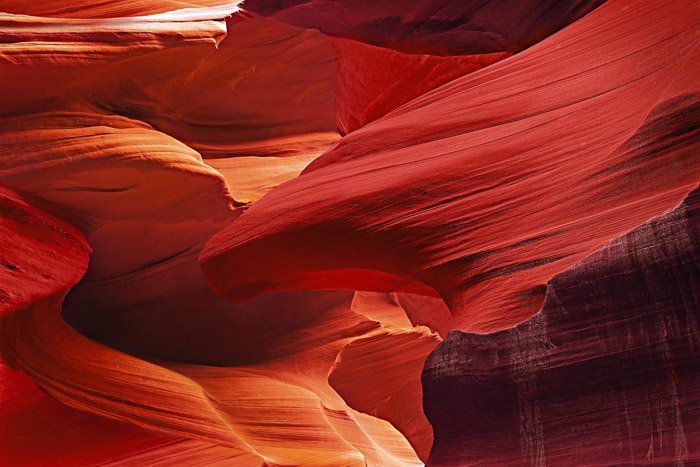
The Most Expensive Photographs Ever Sold
The sale of Phantom for $6.5 million should put Peter Lik at the very top of the leaderboard for the most expensive photos ever sold. And the sale of Illusion would again put him in the top 30. And yet, Peter Lik does not appear on the list.
Andreas Gursky currently sits at the top of the list. His photo Rhein II sold for $4.3 million, with the sale taking place at Christie’s New York auction house in 2011. This is more than $2 million less than Lik’s sale.
The difference is proof of sale. All the items on the list of most expensive photos have been sold at reputable auction houses. They are usually sold in places like Christie’s in New York or Sotheby’s in London. The only exception is Justin Aversano’s NFT sale.
Sales in these institutions are public. And they document every sale, including buyers and provenance of the work sold.
Peter Lik, on the other hand, sells his work privately. And with the large sales, the work is always bought by an anonymous buyer. No name is given, and no one comes forward. Lik asks us to take his word for it without providing any proof.
Fine art landscapes can pull big money. Andreas Gursky’s Rhein II is a testament to that. But without proof of sale, the art world can’t accept the sale as official.
Another suspicious element with Phantom is that it’s a black and white version of an earlier work. The color version, Ghost, sold a few years earlier for only $15,860. That’s quite a big jump in price for the desaturated version of the same photo.
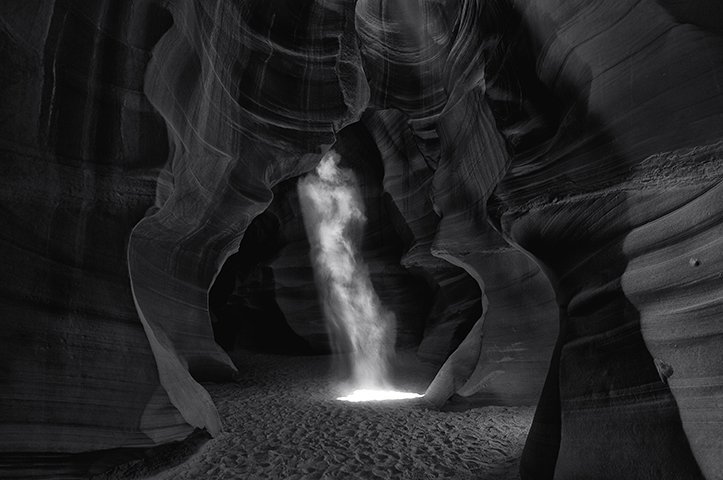
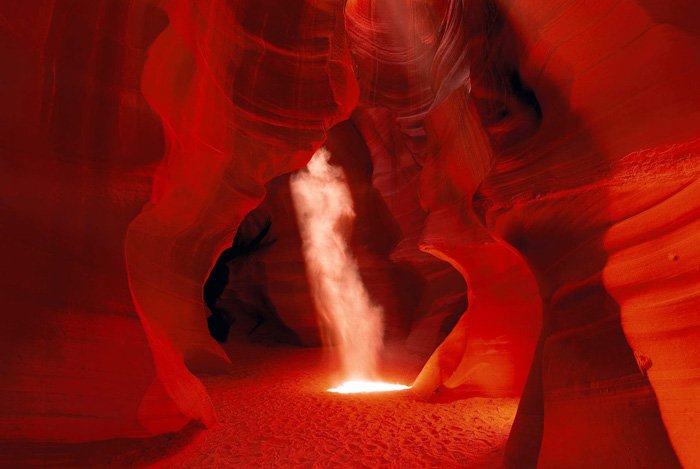
Peter Lik: Photographer or Fraudster?
Millions of photographers use Photoshop and other editing software. There’s nothing controversial about digital photo editing. It’s part of the process of modern photography.
Some photographers even use software like Photoshop for composite works and digital collages. These are art forms in their own right. And the artists are open and honest about the tools and techniques they use.
David LaChapelle and Chema Madoz are two photographers that famously manipulate their images. But they’re not trying to fool anyone. They are transparent about how they create their artwork.
The same can’t be said about Peter Lik. His work is natural, often working with landscapes. It’s not an area of photography often associated with image manipulation. Usually, the power of nature speaks for itself.
But Peter Lik is far from transparent. And people have been speculating as to whether some of his works are overly manipulated. The word “fake” has even been used to describe his photography.
If Lik were to admit he used editing techniques to enhance his work, there wouldn’t be a problem. But those close to him state the majority of his work is done in-camera.
When such a large part of Lik’s business is selling prints, we have an ethical problem. Is he misleading his buying audience?
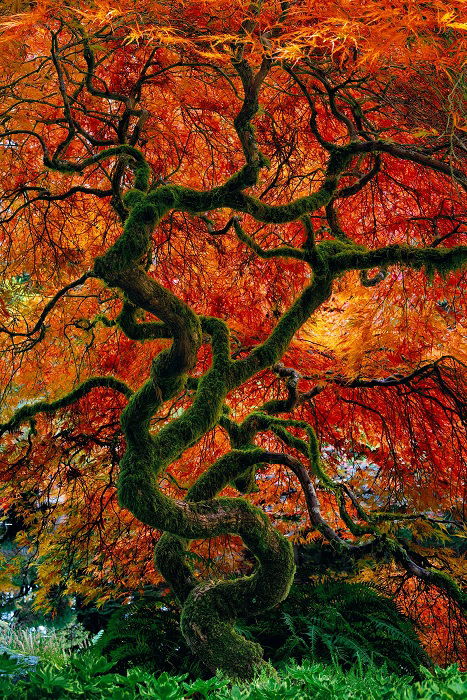
The Truth About Moonlit Dreams
Moonlit Dreams is a 2017 piece by Lik that attracted much attention. And a large part of that attention hasn’t exactly been positive. There are many questions about authenticity, with many claiming the image to be a composite.
It’s an impressive photo, combining astrophotography and landscape. You have the large moon in the background and a tree-adorned cliff face in the fore. As striking as the image may be, some elements don’t add up.
The debate goes on whether it’s possible to capture an image like this without Photoshop trickery. Lik claims to work in-camera mainly. But is that possible for an image like this?
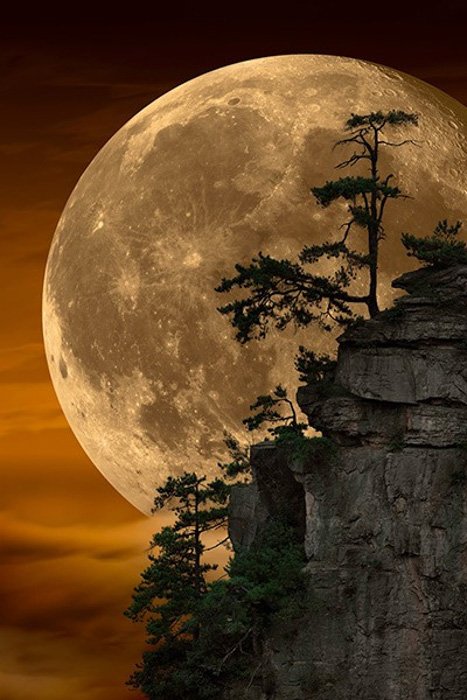
We’ll take a look at some of the details of Moonlit Dreams. We’ll take a look at the areas of contention to see why Lik’s claim doesn’t stand up. I’m no expert on photo manipulation, so I can’t say we work alone on this investigation. The folks at FStoppers had a great discussion on the matter.
Clouds
There are two problems with the clouds in the bottom left corner. Firstly, they appear to be back-lit. It means there should be a light source behind them. But as this photo appears to be at dusk with a full moon, the sun should be behind the photographer.
The second problem is that there are even clouds there at all. To get such good detail of the moon’s surface, you need as little atmospheric interruption as possible. Clouds imply a congested atmosphere.
The Moon’s Size
The moon seems far too large in this composition. Even if you used a super-telephoto lens, you would struggle to achieve this size.
Ambient Light
The moon is full, which means the sun is directly behind the photographer. This would be the sun would light the cliffs in the foreground as well. But the cliffs seem to have different lighting, colder and less direct.
Light on the Trees
If you look closely at the trees, you can see they are lit from above. This contradicts the logic of the moon’s lighting. What is illuminating the trees from above if the sun is behind and the moon in front?
Depth of Field
The moon is 384,400 km away from Earth. And the cliff in the image could be no more than a few kilometers away from the photographer. The fact both are in focus means the depth of field would have to be more than 380,000 km. No lens can provide that kind of depth of field.
Recycled Moon
Thanks to the folks at FStoppers, we can see that Peter Lik used the same moon in an earlier image. The moon in Bella Luna has the same marks and shadows. The lighting styles are different, but the moons are identical. This strongly suggests we’re looking at a composite.
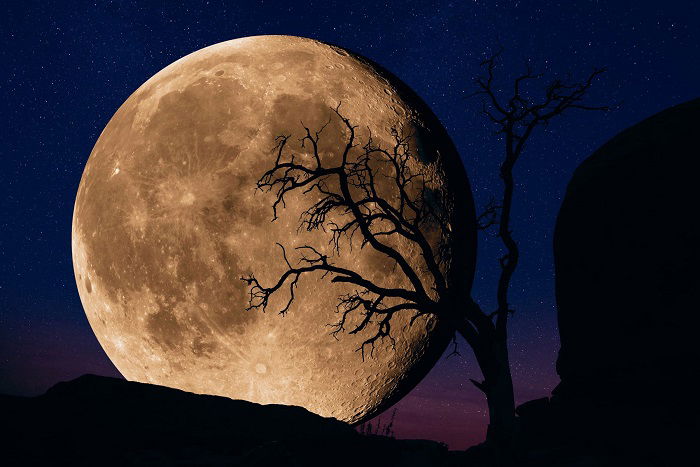
As suspicion grew, people contacted his Las Vegas gallery for clarification. Getting an answer wasn’t easy. But Jared Polin finally received an email from a Lik representative in 2018. This was their reply:
“Hi Jared, great to hear from you. Moonlit Dreams is, in fact, a composite photograph. Since before the photograph was released, we have been open and transparent regarding this topic. I do appreciate you reaching out and inquiring. Wishing you a great weekend.”
The clarification is a positive turn of events. The problem is that the Lik estate had to be pushed and probed for the statement to be made. They weren’t transparent about how Lik created the image from the beginning.
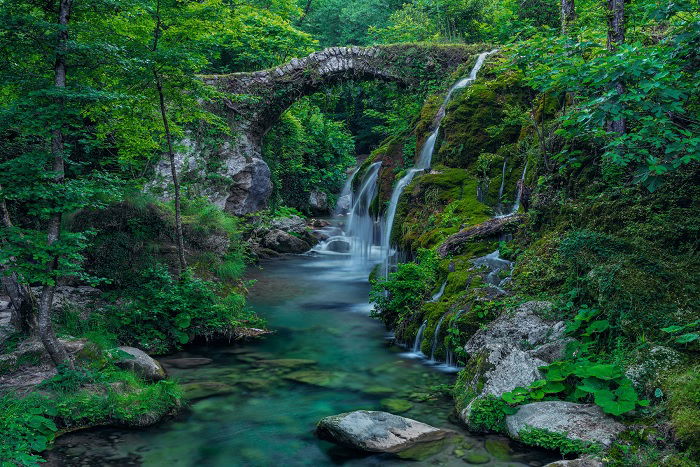
The Peter Lik Brand Strategy
Whether Peter Lik is one of the greatest photographers is up for debate. But one thing we know for sure—he knows how to make a name for himself.
Oscar Wilde said, “There is only one thing in life worse than being talked about, and that’s not being talked about.” And Peter Lik certainly knows how to get people talking.
We can start with his claim to be the “most famous photographer. The most sought-after photographer, and the most awarded photographer.” It may or may not be true. But the fact he said this about himself makes people take note.
If people haven’t heard of him before, they’ll want to check out his work. They’ll want to know if his photography backs up his claims.
Not many photographers have their own gallery to sell and display their own. But Peter Lik has 14 worldwide. A gallery brings prestige and credibility to the work, even if they are his galleries.
Then we have the big sales to anonymous buyers—the prints sold for vast amounts of money. But Peter Lik has never provided proof of purchase. For Lik, that doesn’t matter. He’s already stolen the headline.
The fact that many of his photos come under attack for being fake or manipulated plays into this strategy. He only speaks out about this if pushed. He’s happy for people to scrutinize his work because it puts him in the spotlight. Whether for good or bad, people are talking about Peter Lik.

Market Manipulation
The Peter Lik galleries sell hundreds of thousands of prints every year. We can’t dispute this because they keep sales records like any other business. You can buy one yourself if you have a spare $5,000.
The controversy surrounds the big sales. There have been three sales of over $1 million. And each one had an anonymous buyer. The mystery around these exchanges means they don’t make the official lists for expensive photos sales. But that plays into the Peter Lik brand strategy.
It’s impossible to say if the sales took place or not. But the claimed sales build interest in his work. And it inflates the prices of his prints. The huge sales bring people to his galleries and add value to his work.
A skeptic might say this is a ploy to keep prices high. Lik makes a claim about a big sale, the headlines come out, and he can add a few more zeros to the price tags. He’s using the publicity to manipulate the market.
One interesting detail is that Lik’s pieces often have a lower resell value. He says his work is “like a Mercedes-Benz. You drive it off the lot, and it loses half its value.” But art isn’t valued in the same way as a car.
Many people buy art purely as an investment. They make a purchase hoping the value will increase over time. And fine art sales usually follow this trend. A piece of art doesn’t lose value when it leaves the gallery.
It begs why anyone would pay such a large sum for work that will decrease in value. It will be worth less than you paid as soon as you get it home. A Peter Lik work is a bad investment. That’s not something the rich are usually interested in.
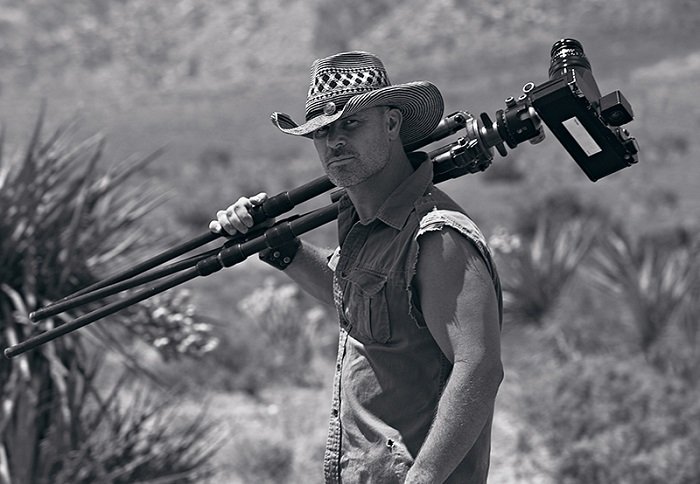
Conclusion
We’re not trying to argue that Peter Lik is a bad photographer. The guy has talent. And he knows how to use a camera and print photographs. But his success isn’t just about clever camera work. Peter Lik’s success is down to his marketing.
Peter Lik is not just a photographer. He’s a brand. When you look at his website, it has phrases like the “Peter Lik Style™.” His shots are striking. But the same is in the name, not the photography.
The mention of his name will spark a debate. And that works perfectly for him. He doesn’t mind if the publicity is negative, as long as people are talking about Peter Lik. It means people go to his galleries and buy his prints.
It’s harsh to call Peter Lik a fraud. He’s a talented photographer. But use caution when you hear his name. You need to take anything you hear about Peter Lik with a heavy pinch of salt.
Check out our Simply Stunning Landscapes course to take your landscape photography to the next level!

